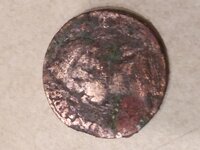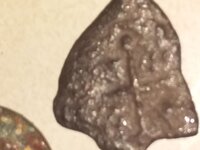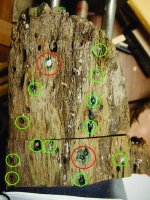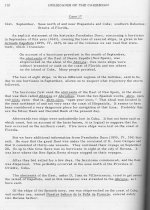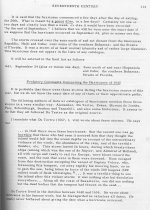stevemc
Bronze Member
- Feb 12, 2005
- 2,121
- 277
- Detector(s) used
- Whites Surfmaster PI Pro and Whites Surfmaster PI, Minelab Excal NY blue sword. 2 White's Dual field pi, Garrett sea hunter pi II (but don't use it for obvious reasons) 5' x 3 1/2' coil underwater Pi
- Primary Interest:
- Shipwrecks
Actually they put copper and lead sheathing over a burlap cloth that is soaked with tar. The cloth is put on the tar, which is spread on the wood hull. Then they nail it in place. That is why you find the cloth pattern on one side. Amazing that people put out a story and don't know what they are talking about. That is the new way to do it.


